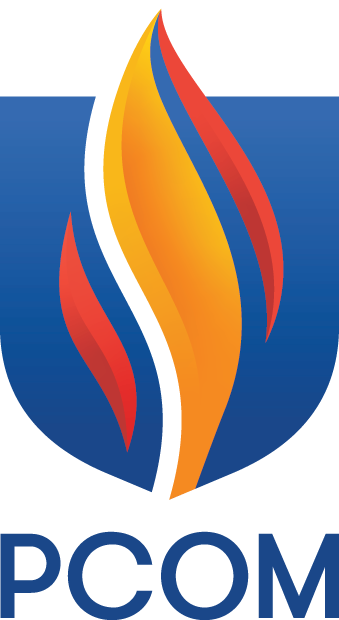Plan of Study Grid | First Year |
|---|
| Term 1 |
|---|
| DO 100 | Cellular and Biochemical Foundations of Medicine | 6 |
| DO 144A | Clinical Reasoning in Basic Science IA | .5 |
| DO 139A | Osteopathic Principles and Practice I | 1.5 |
| DO 140A | Primary Care Skills I | .5 |
| DO 114A | Medical Humanities and Wellness I | 1 |
| | Hours | 9.5 |
| Term 2 |
|---|
| DO 112 | Foundations of Physiology and the Musculoskeletal System | 4 |
| DO 104 | Foundations of Cardiovascular and Pulmonary Medicine | 3.5 |
| DO 105 | Foundations of Renal, Endocrine, and Gastrointestinal Medicine | 3.5 |
| DO 107 | Foundations of Reproductive and Genitourinary Medicine | 2 |
| DO 106 | Foundations of Research | 1 |
| DO 144B | Clinical Reasoning in Basic Science IB | 1 |
| DO 139B | Osteopathic Principles and Practice II | 2 |
| DO 140B | Primary Care Skills II | 1 |
| INDP 100A | Inter Professional Education | 0.5 |
| | Hours | 18.5 |
| Term 3 |
|---|
| DO 108 | Head, Eyes, Ears, Nose, and Throat and Neuroscience | 4 |
| DO 101 | Infection and Immunity | 6 |
| DO 109 | Introduction to Human Disease and Therapeutics | 5.5 |
| DO 139C | Osteopathic Principles and Practice III | 2 |
| DO 114B | Medical Humanities and Wellness II | 0.5 |
| DO 140C | Primary Care Skills III | 1 |
| DO 144C | Clinical Reasoning in Basic Science IC | 1 |
| INDP 100B | Inter Professional Education | 0.5 |
| | Hours | 20.5 |
| | Total Hours | 48.5 |
Twenty-one 17 credit-equivalent clerkship rotations are required between the M3 and M4 years for a total of 357 credits.
M3 Required Rotations = 153 Credits
M4 Required Rotations = 51 Credits
Elective Rotations = 153 Credits
During M3 and M4 years, students will be involved in inter-professional education sessions with Physician Assistant, Clinical PsyD, Mental Health Counseling, and School PsyD students.

